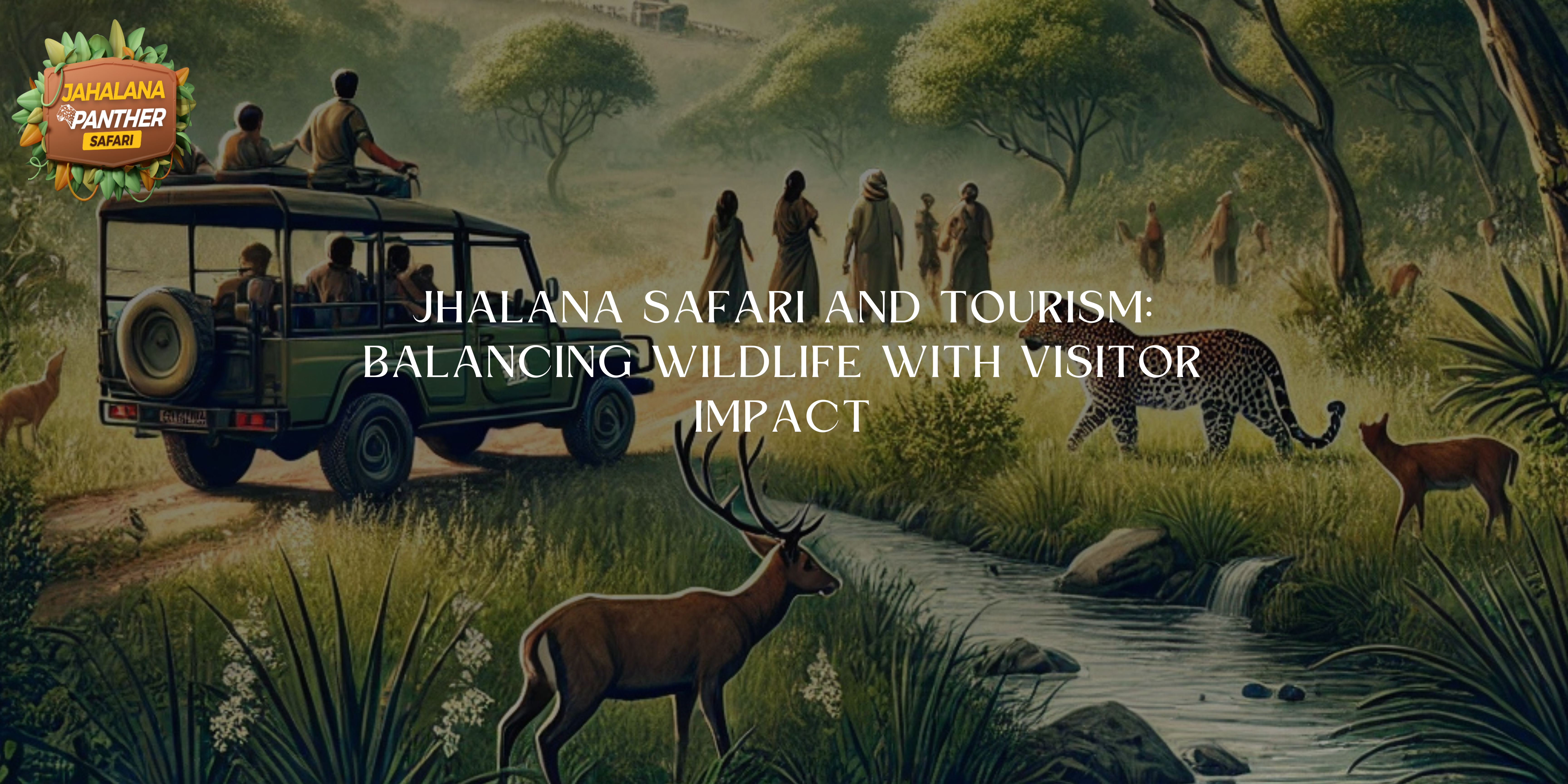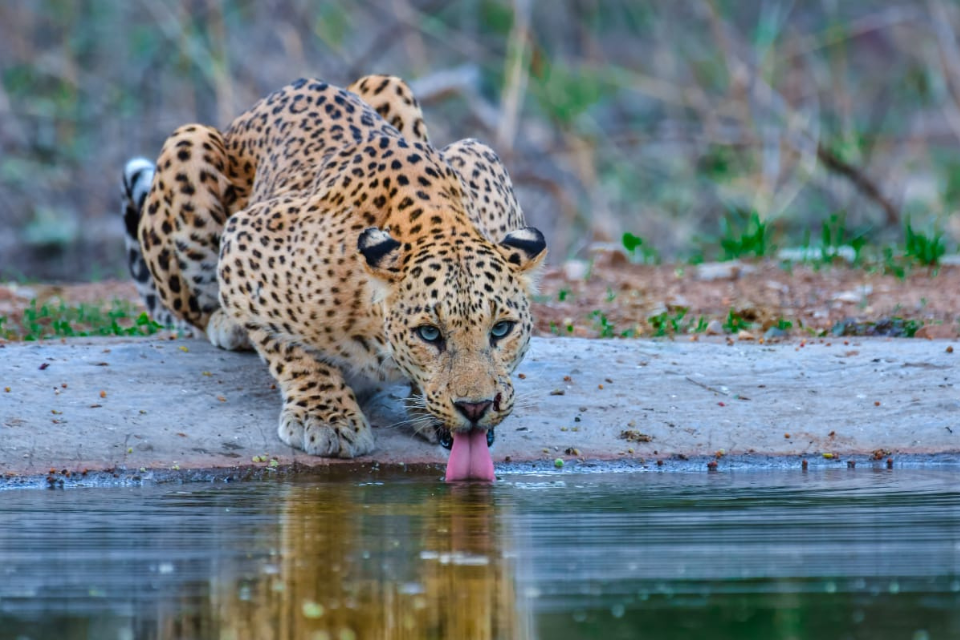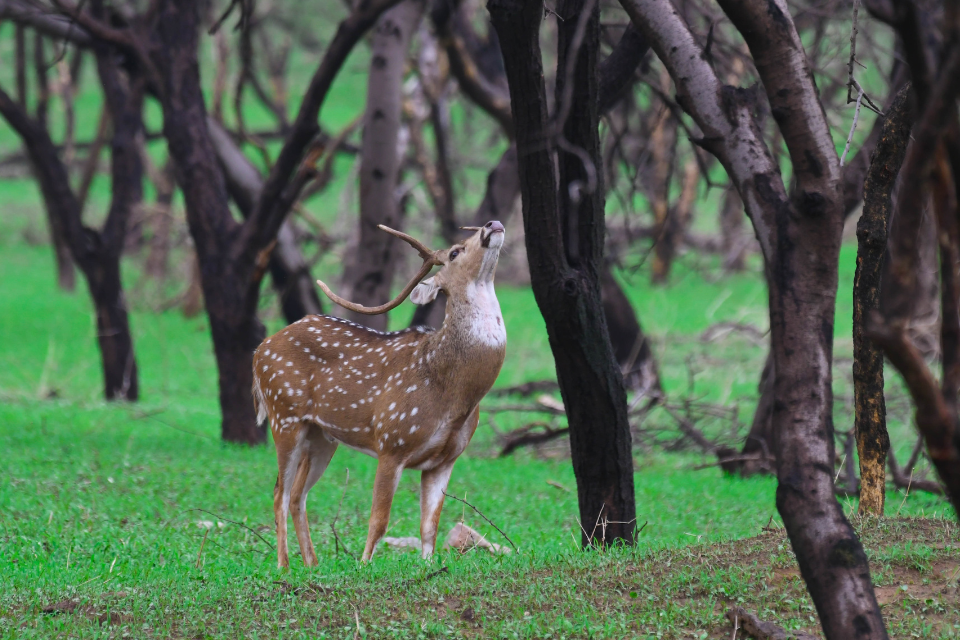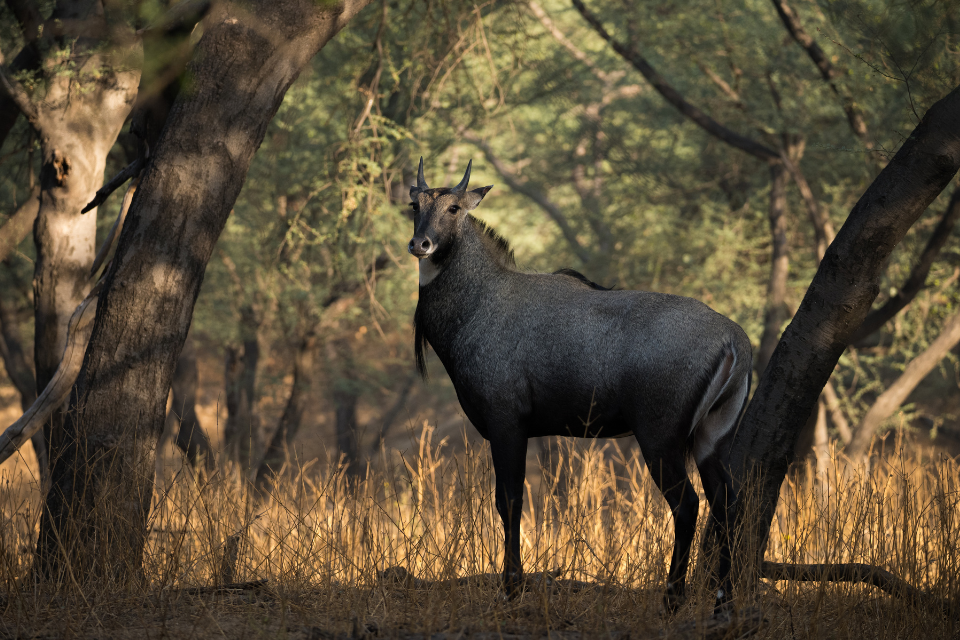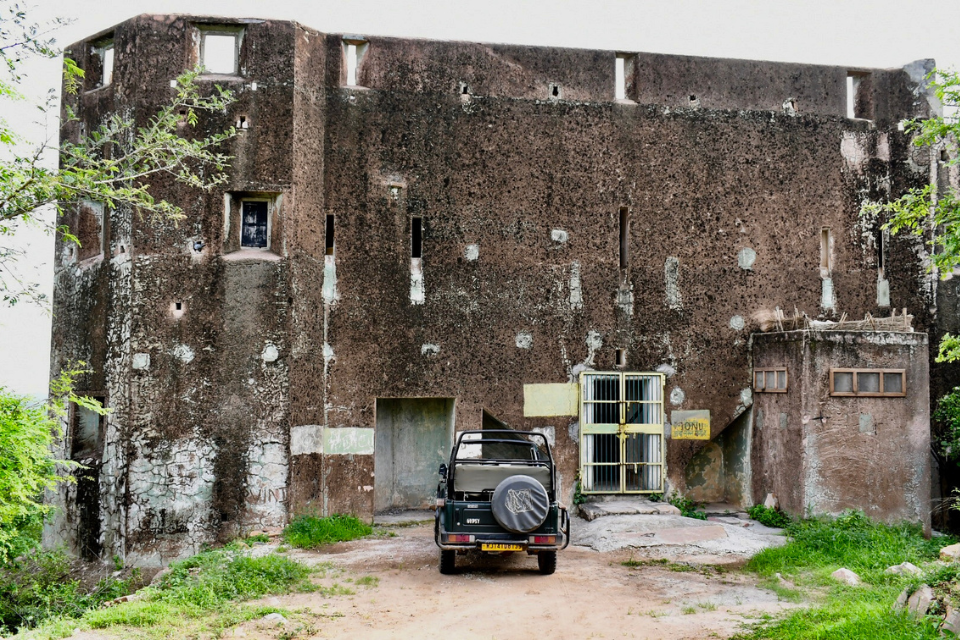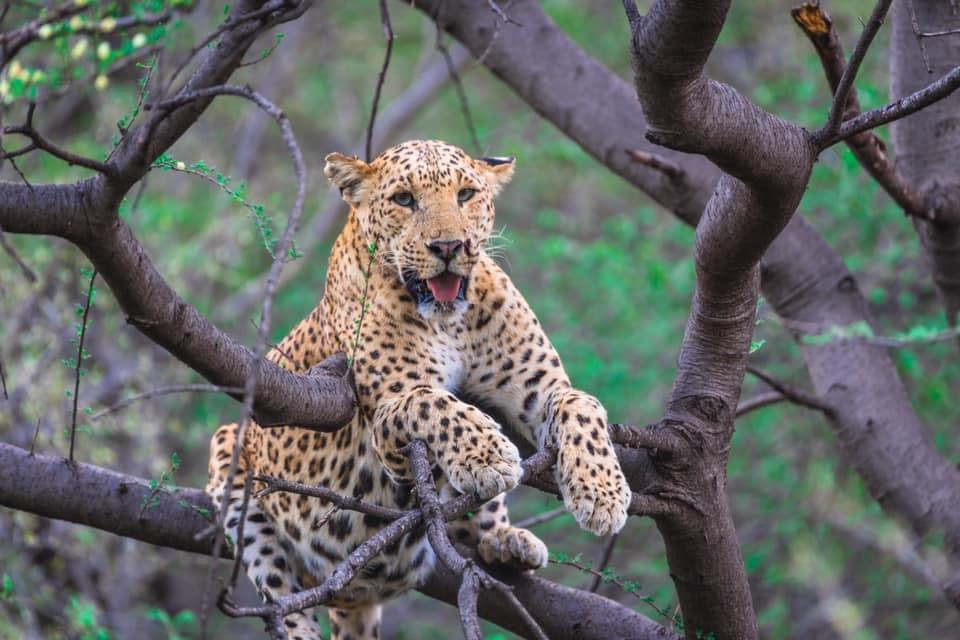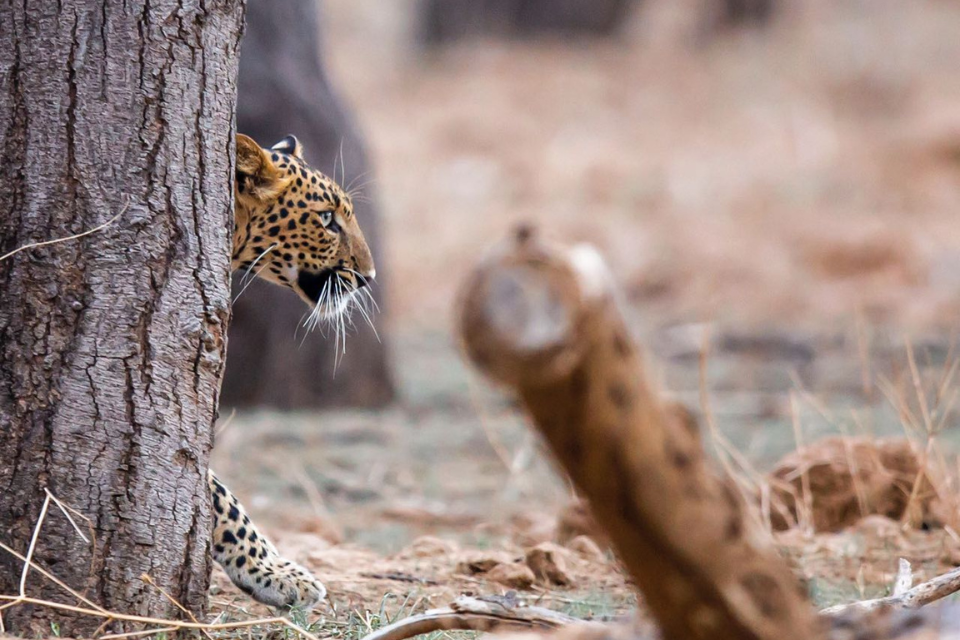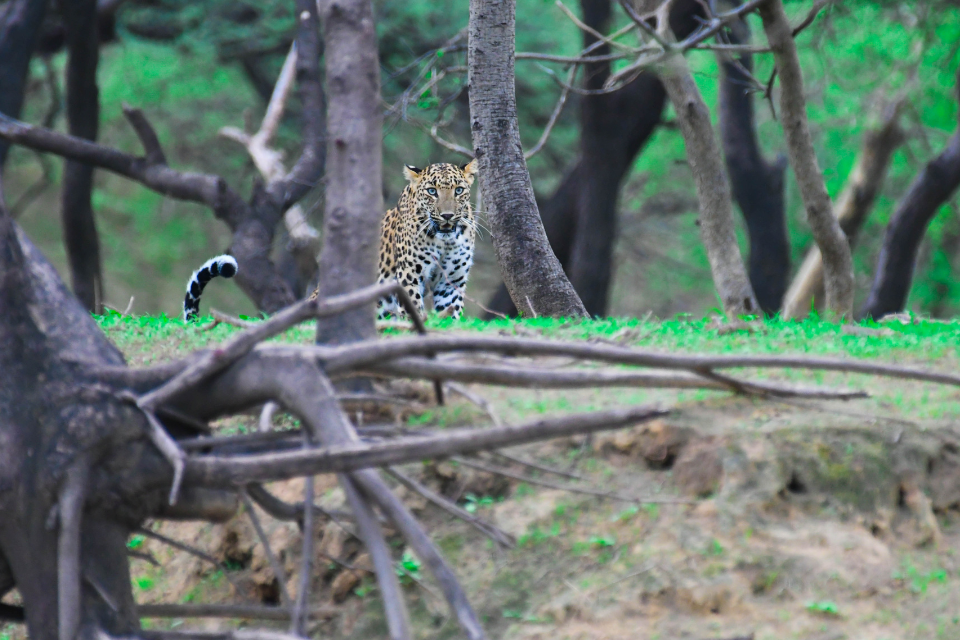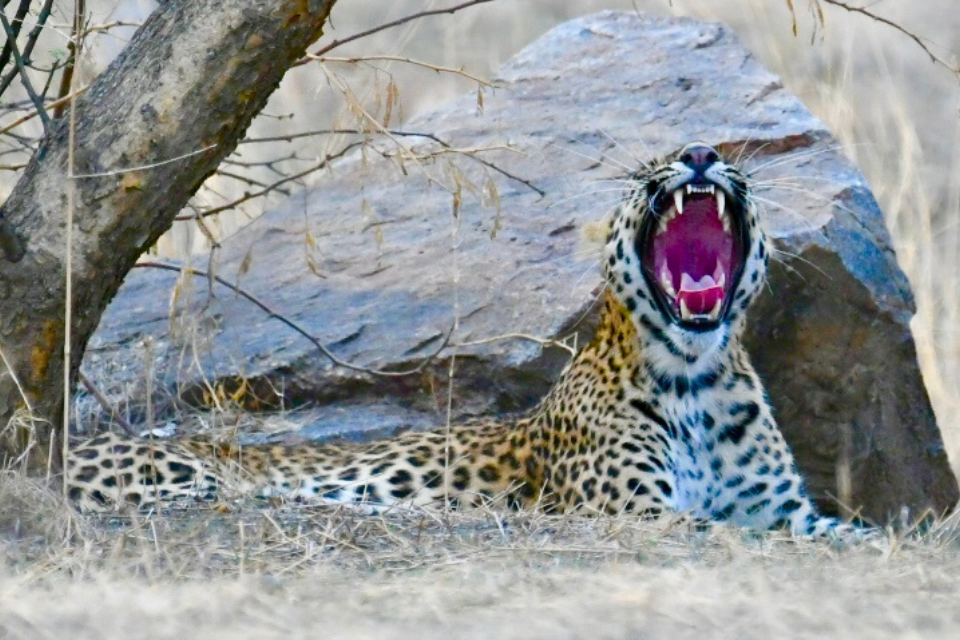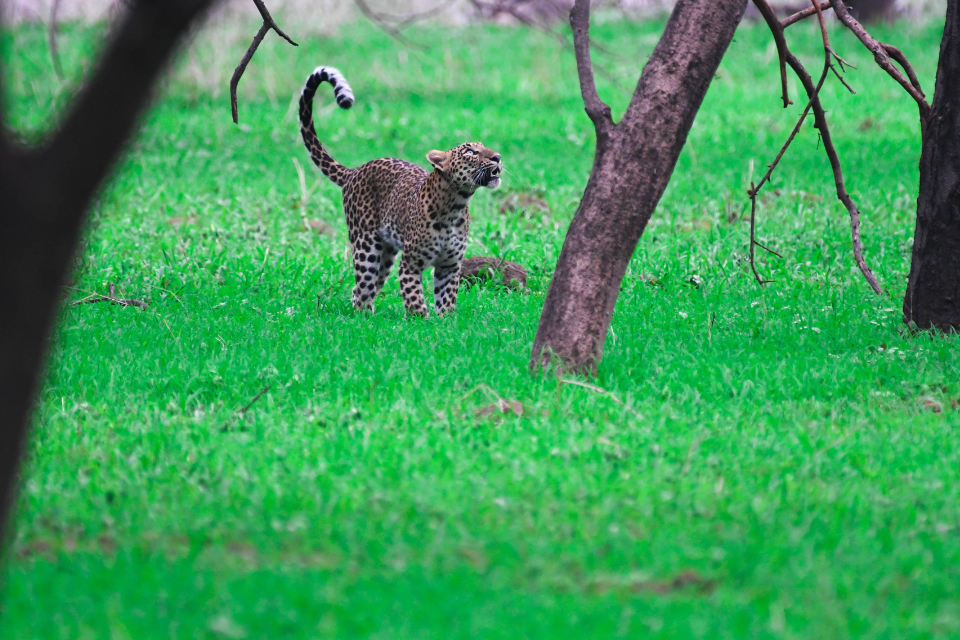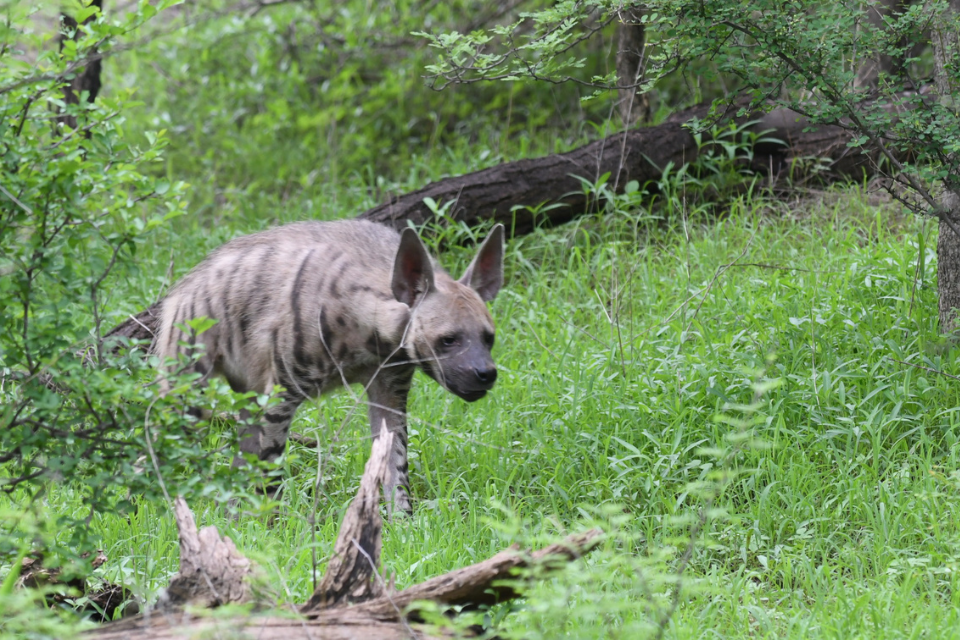- January 4, 2025
Jhalana Safari and Tourism: Balancing Wildlife with Visitor Impact
Jhalana Leopard Safari, nestled within the Jhalana Forest Reserve in Jaipur, Rajasthan, has emerged as one of India’s premier eco-tourism destinations. Renowned for its thriving leopard population and diverse wildlife, it draws thousands of tourists eager to explore nature close to an urban setting. However, the increasing popularity of this safari brings challenges. Striking a balance between tourism and conservation is vital to ensure Jhalana Leopard Safari remains a haven for future generations.
The Rise of Tourism in Jhalana
Jhalana Leopard Safari gained immense popularity after being declared Rajasthan’s first leopard reserve in 2017. Its strategic location as an urban forest reserve near Jaipur makes it an ideal destination for tourists seeking wilderness without straying far from the city.
What Makes Jhalana Leopard Safari Attractive:
- High leopard density, offering better chances of sightings.
- Convenient proximity to Jaipur, making it a perfect day trip destination.
- A unique blend of urban accessibility and wildlife adventure.
Tourism Activities at Jhalana Leopard Safari:
- Jeep safaris tailored for leopard sightings.
- Guided birdwatching tours highlighting the forest’s avian diversity.
- Nature trails and wildlife photography workshops for enthusiasts.
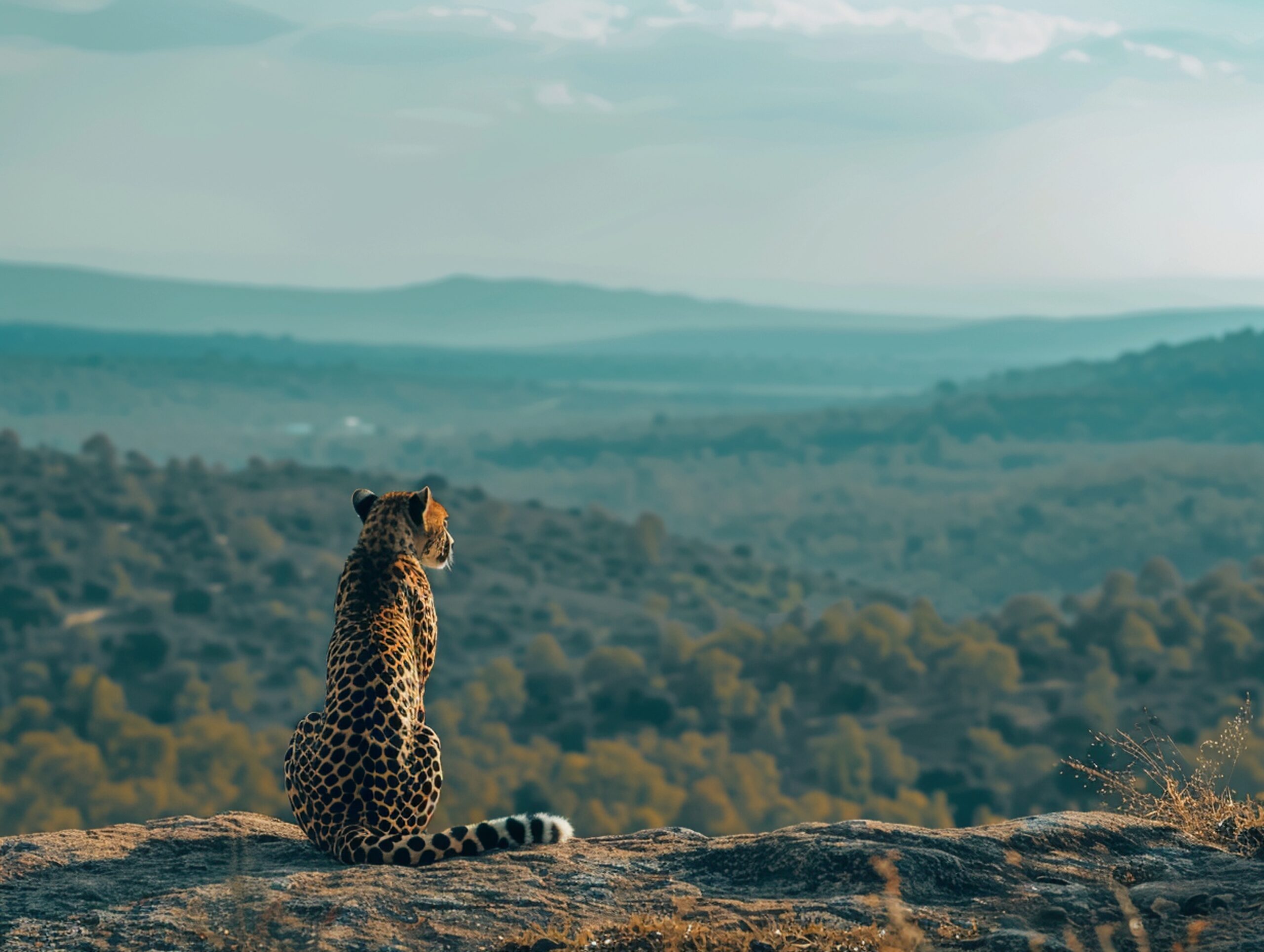
The Positive Impact of Tourism
Revenue for Conservation
- Funds generated through Jhalana Leopard Safari tours are reinvested in forest management, wildlife monitoring, and anti-poaching measures.
Community Empowerment
- Tourism at Jhalana Leopard Safari creates employment opportunities for locals as guides, drivers, and eco-tourism staff.
Raising Awareness
- Visitors leave with a deeper understanding of wildlife conservation, often becoming advocates for protecting ecosystems like Jhalana.
Challenges of Tourism at Jhalana
Human-Wildlife Conflict
- Increased human activity during Jhalana Leopard Safari tours raises the likelihood of interactions, sometimes leading to conflict.
Disturbance to Wildlife
- Noise from safari vehicles and large tourist groups can disrupt the natural behavior of leopards and other animals.
Environmental Impact
- Littering, soil erosion caused by vehicle trails, and pollution are rising concerns as visitor numbers increase.
Pressure on Resources
- The growing number of visitors adds strain to the forest’s delicate ecosystem and available resources.
Balancing Tourism and Conservation
To ensure sustainable tourism, Jhalana Leopard Safari employs measures that protect its ecosystem while offering a rewarding experience for visitors:
Regulated Tourism
- Limiting the number of safari vehicles and visitors allowed per day.
- Using designated trails to minimize disruptions to wildlife.
Eco-Friendly Practices
- Promoting the use of electric vehicles during Jhalana Leopard Safari tours.
- Prohibiting plastic to prevent littering and pollution.
Education and Awareness
- Conducting workshops and guided tours to educate tourists about the importance of wildlife conservation.
Community Involvement
- Hiring locals as guides and staff instills a sense of responsibility toward protecting the forest and its wildlife.
How Visitors Can Contribute
Follow Park Rules
- Stick to designated trails and avoid creating noise during Jhalana Leopard Safari tours.
Respect Wildlife
- Keep a safe distance from animals and never feed or provoke them.
Adopt Green Practices
- Use reusable water bottles and avoid bringing plastic to the forest.
Support Ethical Tourism
- Choose operators and guides who prioritize conservation and sustainable tourism.
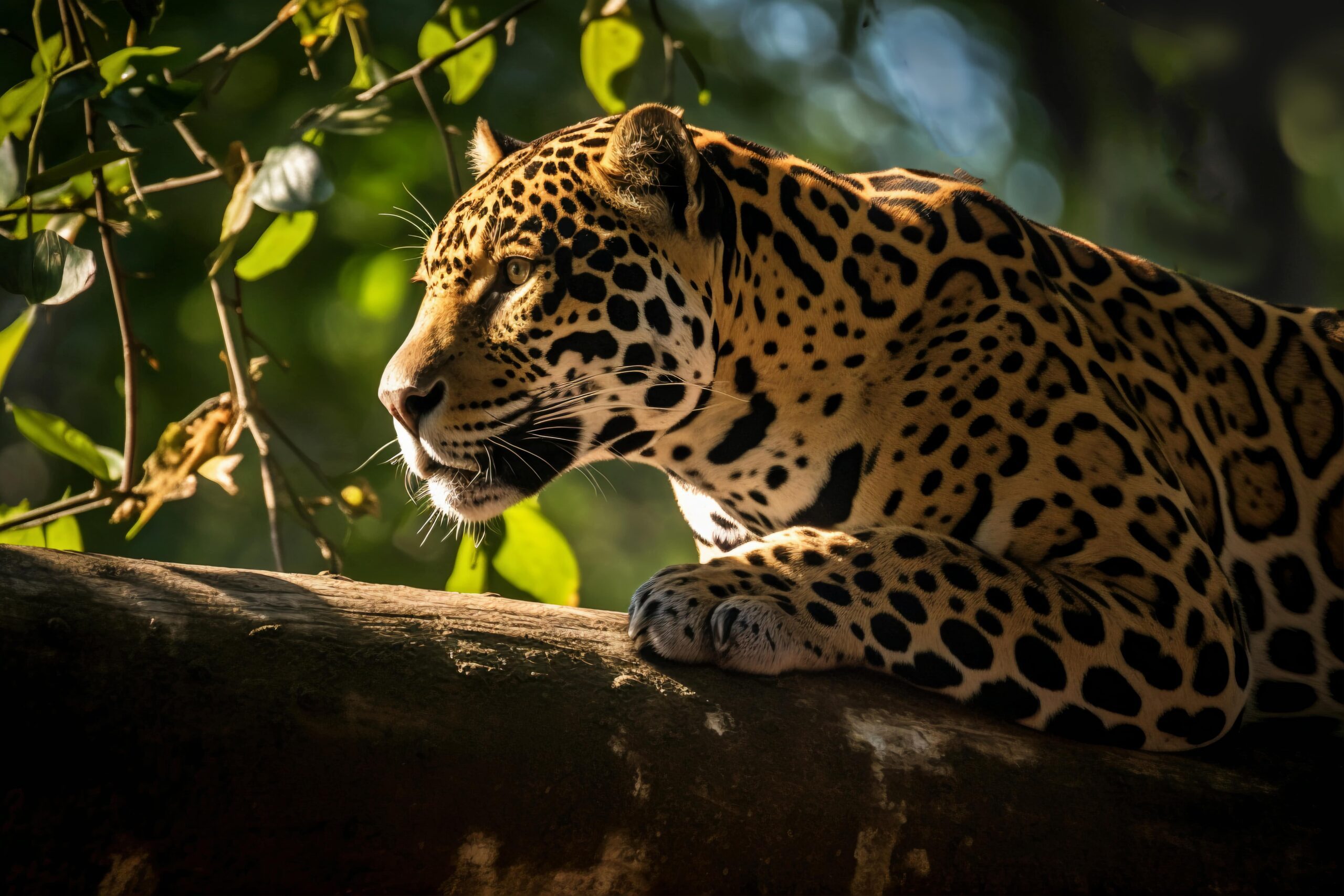
Future Plans for Sustainable Tourism
Technology Integration
- Using GPS tracking for safari vehicles to ensure they stay on approved routes.
- Installing camera traps to monitor wildlife without human interference.
Expanding Conservation Areas
- Creating corridors that connect Jhalana Leopard Safari to other reserves, giving wildlife greater freedom to roam.
Improving Visitor Facilities
- Developing eco-friendly lodges and visitor centers that blend with the forest’s natural surroundings.
The Role of Eco-Tourism in Conservation
Eco-tourism at Jhalana Leopard Safari not only generates revenue for the forest’s upkeep but also fosters a sense of connection between visitors and nature. By witnessing leopards and other wildlife in their natural habitat, tourists develop a personal commitment to supporting conservation efforts, helping ensure the long-term health of Jhalana Forest Reserve.
Conclusion
Tourism at Jhalana Leopard Safari is both an opportunity and a challenge. While it generates vital funds and raises awareness for conservation, it also brings environmental risks that must be carefully managed. Through sustainable practices, community engagement, and innovative technology, Jhalana is setting an example for other urban wildlife reserves in India. A visit to Jhalana Leopard Safari offers more than just a chance to spot leopards—it’s an opportunity to contribute to the preservation of an ecosystem thriving amidst urbanization.
Disclaimer All images used in this blog are either sourced from public domain or credited to their respective owners. If you are the copyright holder of any image and wish to request its removal or proper attribution, please contact us at [email protected]
